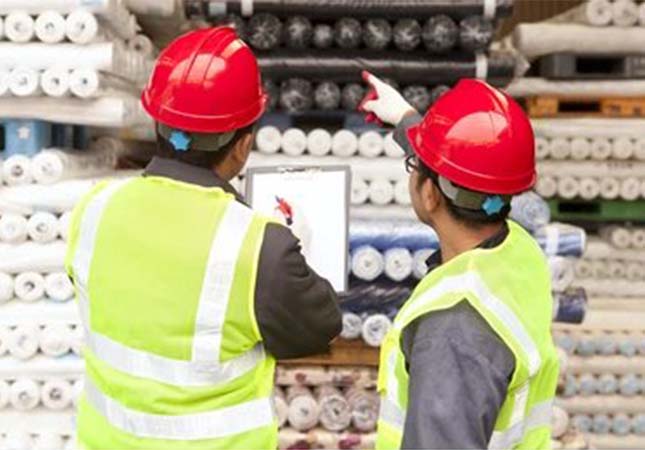Fabric quality testing is the process of evaluating the properties of a fabric to determine its suitability for a specific use or end product.
Factors in Fabric Quality Testing
1. Physical Properties
These include fabric weight, thickness, hand (feel), drapability, and appearance.
2. Strength Properties
These include tensile strength, tear strength, and burst strength.
3. Abrasion Resistance
This refers to the ability of the fabric to resist wear and tear caused by friction.
4. Pilling Resistance
Pilling refers to the formation of small balls of fiber on the surface of a fabric as a result of wear and abrasion.
5. Colorfastness
This refers to the ability of the fabric to retain its color after being subjected to various environmental factors, such as washing, light exposure, and perspiration.
6. Shrinkage
This refers to the change in fabric dimensions after being subjected to heat and moisture.
7. Wrinkle Resistance
This refers to the ability of the fabric to retain its smooth appearance after being subjected to bending, folding, or twisting.
There are various techniques used in fabric quality testing, including visual inspection, mechanical testing, and chemical testing. The specific tests used depend on the end use of the fabric and the desired properties.
Textiles quality control is of utmost importance for textile industry. The quality of the fabric used will determine the longevity and overall performance of the finished product, so that fabric quality testing is such a critical step in the production process.

Types of Fabric Quality Tests
There are several types of fabric quality tests that are performed to ensure that the fabric meets the desired specifications. Some of the most common tests include:
1. Physical Tests
Physical tests are used to evaluate the physical properties of the fabric, such as weight, thickness, and hand feel. These tests are important because they determine the overall quality of the fabric, as well as its suitability for specific end-use applications.
2. Abrasion Resistance Tests
Abrasion resistance tests measure the ability of the fabric to withstand wear and tear. These tests are particularly important for fabrics that will be used in high-stress applications, such as upholstery or outdoor gear.
3. Tensile Strength Tests
Tensile strength tests measure the force required to break the fabric. This test is important because it determines the strength and durability of the fabric, which is essential for its performance in various end-use applications.
4. Colorfastness Tests
Colorfastness tests evaluate the ability of the fabric to maintain its color after exposure to various environmental factors, such as light, washing, and perspiration. These tests are important because they ensure that the color of the fabric will not fade or bleed over time, which can affect its appearance and overall quality.
5. Flammability Tests
Flammability tests evaluate the ability of the fabric to resist ignition and spread of flame. These tests are important for safety reasons, particularly for fabrics used in home furnishings and clothing.
Why Fabric Quality Testing is Important
Fabric quality testing is important for several reasons:
To ensure that the fabric meets the desired specifications: By performing various fabric quality tests, manufacturers can ensure that the fabric meets the desired specifications, such as weight, thickness, hand feel, and colorfastness.
To ensure the safety and performance of the finished product: By testing the fabric's flammability, abrasion resistance, and tensile strength, manufacturers can ensure that the finished product will be safe and perform well in various end-use applications.
To meet industry standards: The textiles industry is regulated by various standards organizations, such as ASTM International and ISO. By performing fabric quality tests, manufacturers can ensure that their products meet these standards, which are recognized globally.
To maintain customer satisfaction: By producing high-quality textiles, manufacturers can maintain customer satisfaction and build a positive reputation for their brand.
In conclusion, fabric quality testing is a critical step in the production process that helps to ensure that the finished product meets the desired specifications, is safe and performs well, meets industry standards, and maintains customer satisfaction. By investing in quality control and fabric quality testing, manufacturers can produce textiles that are of the highest quality, which will stand the test of time.




